You say your Housebroken after your recent video 👀😂
18.12.2024 21:46 — 👍 3 🔁 0 💬 0 📌 0@mushroombarbarian.bsky.social
Names Mouldy 27m 🏴 We all know what this account is for 👀 (at least it's better here)
@mushroombarbarian.bsky.social
Names Mouldy 27m 🏴 We all know what this account is for 👀 (at least it's better here)
You say your Housebroken after your recent video 👀😂
18.12.2024 21:46 — 👍 3 🔁 0 💬 0 📌 0
Death of Star vs Birth of Cell
28.11.2024 18:29 — 👍 366 🔁 27 💬 7 📌 2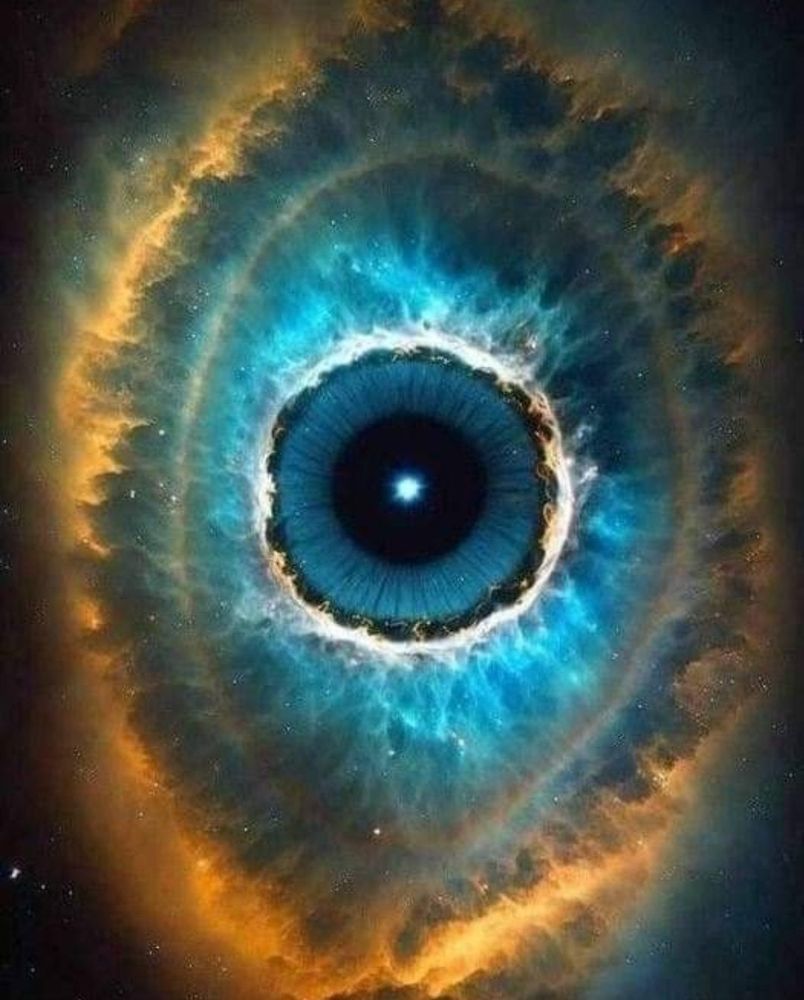
The Helix Nebula captured by NASA'S Hubble space telescope
The Helix Nebula captured by NASA'S Hubble space telescope
21.11.2024 09:17 — 👍 36419 🔁 2247 💬 903 📌 329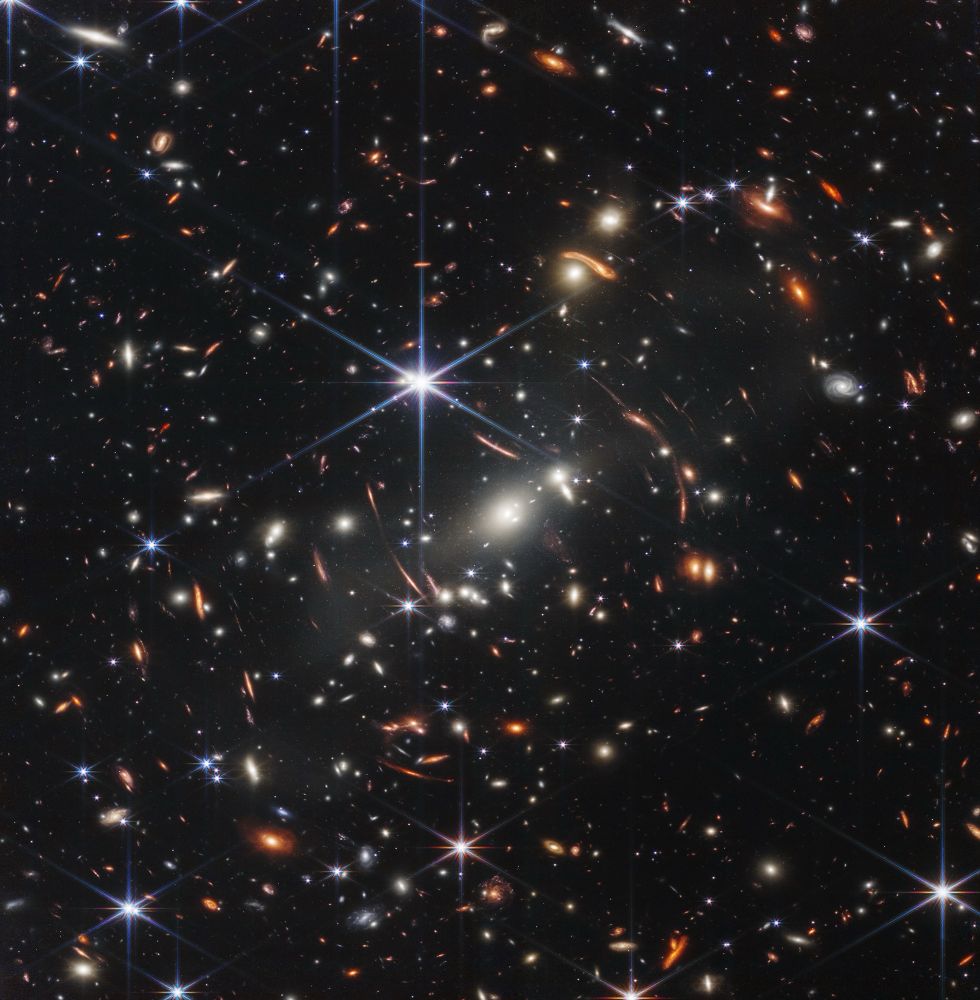
The background of space is black. Thousands of galaxies appear all across the view. Their shapes and colors vary. Some are various shades of orange, others are white. Most stars appear blue, and are sometimes as large as more distant galaxies that appear next to them. A very bright star is just above and left of center. It has eight bright blue, long diffraction spikes. Between 4 o’clock and 6 o’clock in its spikes are several very bright galaxies. A group of three are in the middle, and two are closer to 4 o’clock. These galaxies are part of the galaxy cluster SMACS 0723, and they are warping the appearances of galaxies seen around them. Long orange arcs appear at left and right toward the center.
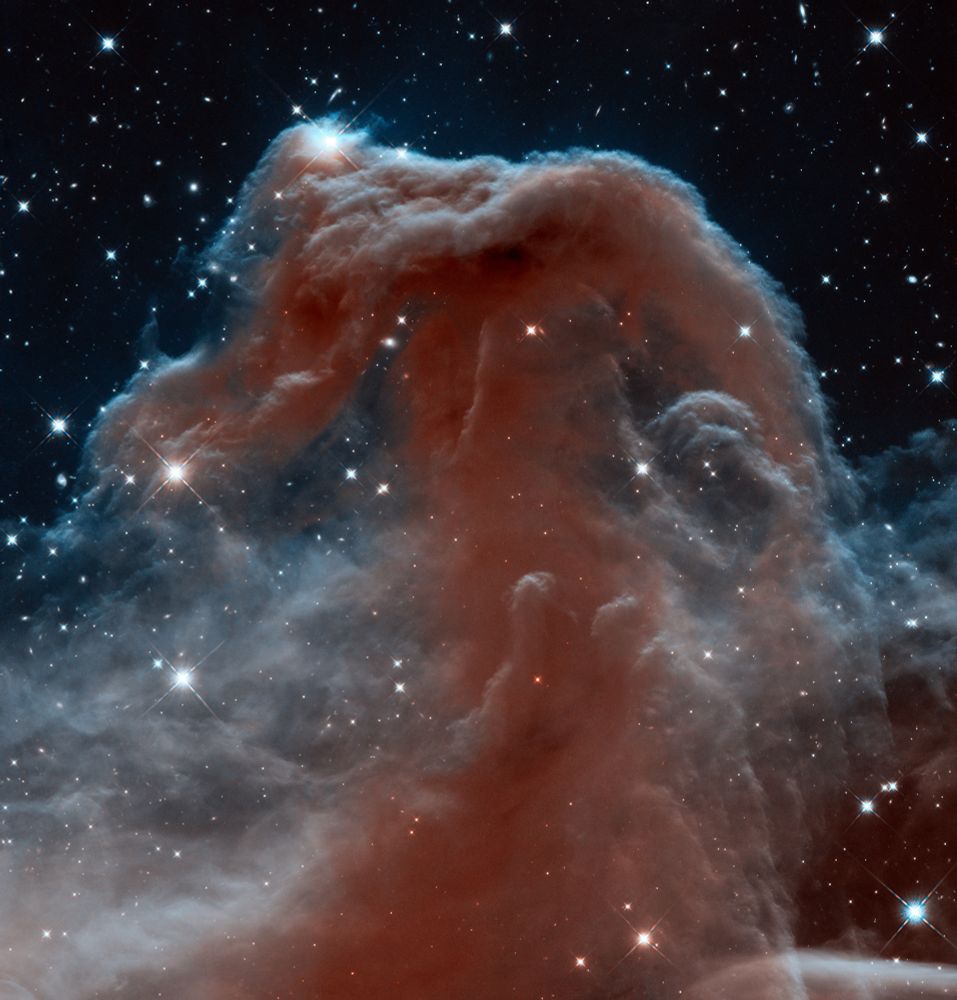
A massive cloud of gas and dust is seen in dark, dusty red, with its outer portions a translucent, ethereal gray. Several stars and distant galaxies are scattered throughout the image.
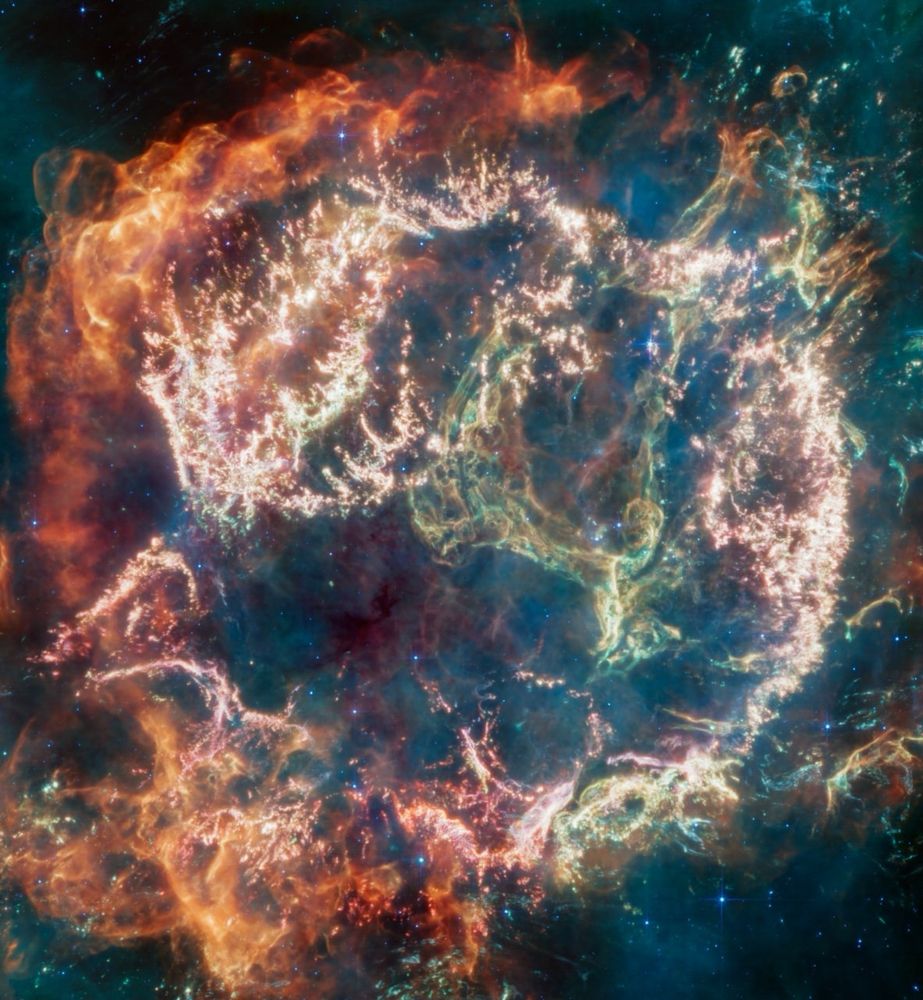
A circular-shaped nebula with a complex structure. On the circle’s exterior, particularly on the left side of the image, are curtains of material glowing orange like fire. Interior to this outer shell is a ring of mottled filaments in bright pink, studded with clumps and knots. A greenish loop extends from the upper right of the ring into the central cavity. Translucent wisps of blue, green, and red appear throughout the image.
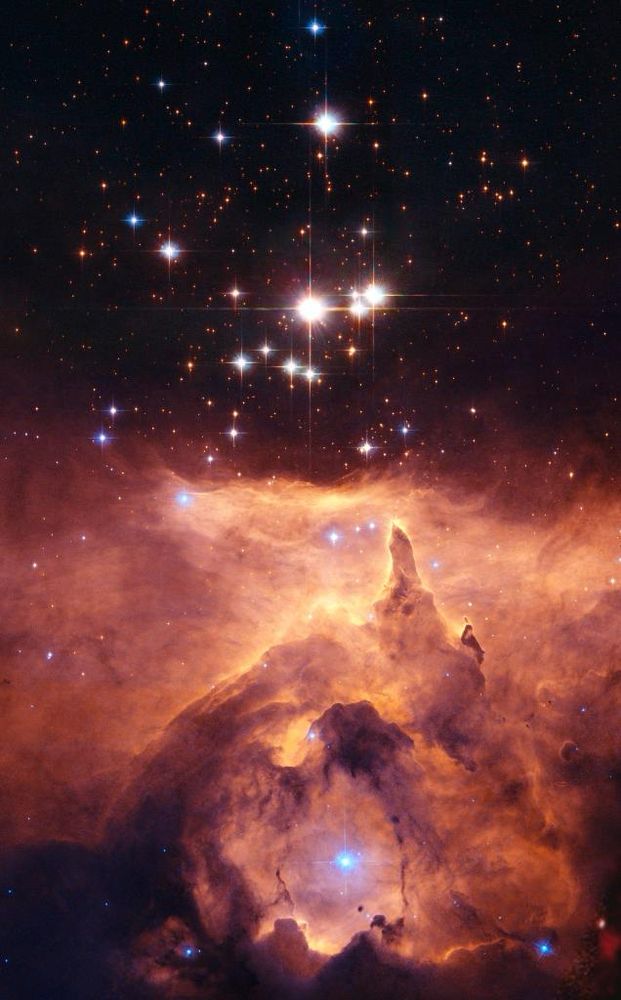
The star cluster Pismis 24 lies within the much larger emission nebula called NGC 6357, located about 8,000 light-years from Earth. The cluster is seen here above a small portion of the nebula. The gas below the stars glows through ionization caused by intense ultraviolet radiation from the massive young stars within the cluster. The strong radiation and stellar winds from from these blazing, blue-white stars also pushes the nebular material outward, creating one of many low-density bubbles within NGC 6357.
once again thinking about the fact that this is all just OUT THERE and we can only see it through the eyes of telescopes
13.11.2024 18:45 — 👍 46135 🔁 3463 💬 479 📌 150
Pillars of Creation through MIRI | JWST
14.11.2024 08:39 — 👍 31449 🔁 1425 💬 211 📌 91I volunteer. *Raising my hand extra high to fully open my armpit.*
15.11.2024 19:32 — 👍 1 🔁 0 💬 0 📌 0